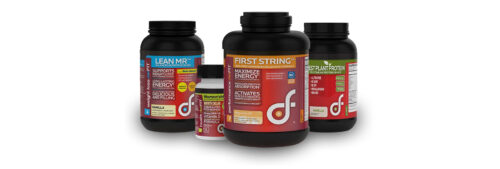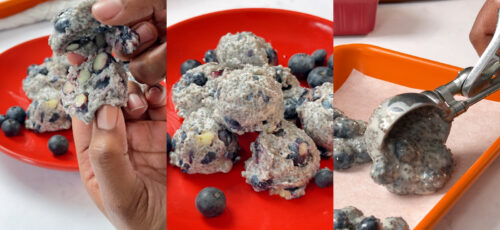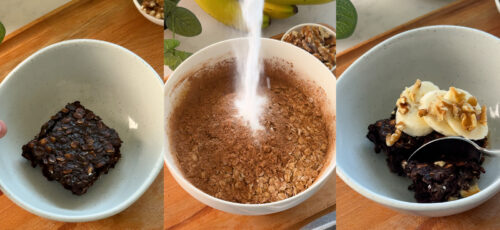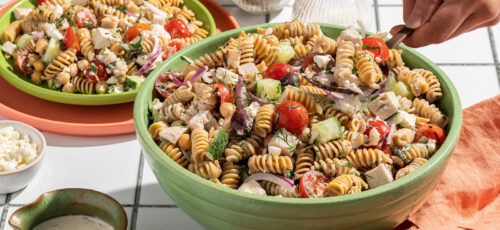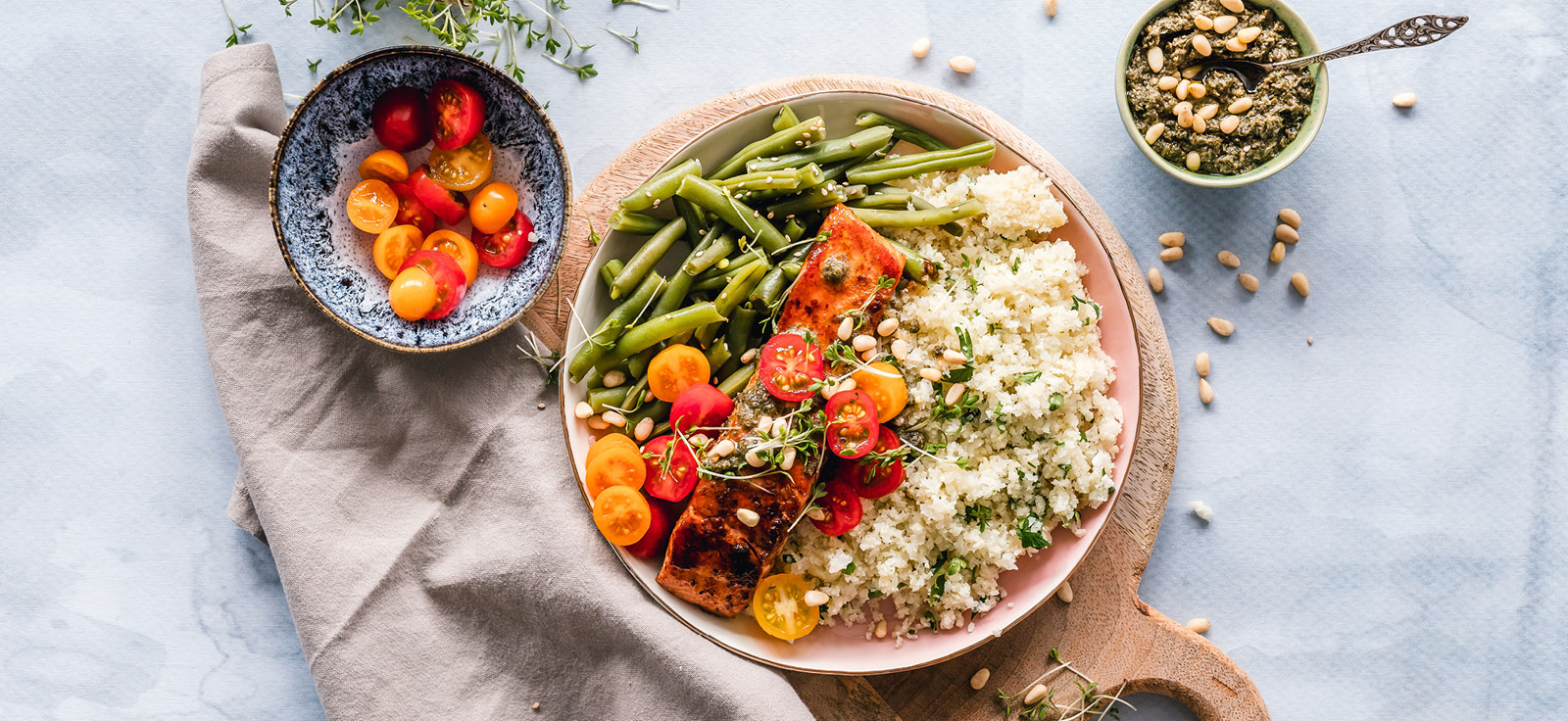
An Individualized Daily Diet Plan
A Step-by-Step Guide
Building a personalized diet plan boasts many health benefits, such as weight loss, and can reduce your risk of developing a chronic disease later on, such as heart disease. A comprehensive diet plan outlines adopted eating habits, i.e., the types of food you should eat and the portions appropriate for your unique body type and desired lifestyle. This step-by-step guide will walk you through developing a diet plan rich in nutrient-dense foods, from evaluating your current intake to honing in on a custom and suitable meal plan.
With a diet plan, you can ensure you’re consuming the right types of foods in the right amounts to keep your body healthy and energized.

What is a Balanced Diet?
For many decades, we relied on the classic food pyramid for dietary advice. Today, however, Harvard School of Public Health recommends the healthy eating plate. Healthy eating through a balanced diet provides all of the essential nutrients needed to support good health and overall well-being. It is also designed to promote moderate energy intake, which can help maintain a healthy weight.
The Definition of a Balanced Diet
A balanced diet is a dietary pattern that includes a variety of foods from the five major food groups: fruits, vegetables, grains, proteins, and dairy. In addition, a healthy meal plan should limit or avoid processed foods, sugar, and refined carbohydrates.
Some excellent foods to consider incorporating into your healthy diet include lean meats, fatty fish, canned beans, frozen fruit, lean protein, brown rice, greek yogurt, green beans, red bell peppers, cherry tomatoes, and more. Unfortunately, the American diet doesn’t always include these items. Therefore, it is essential to take matters into our own hands or with the support of a registered dietitian.
The Benefits of a Balanced Diet
There are many health benefits to consuming a balanced diet. This includes improved overall health and well-being, increased energy, and a healthy weight. Eating a balanced diet can put you at a lower risk of developing a chronic disease, such as heart disease, diabetes, and cancer. Additionally, a balanced diet can help promote better digestion, reduce stress, and improve mood. Eating a balanced diet can also help improve overall physical performance, including strength and endurance. Finally, eating a balanced diet can also help to improve cognitive function, memory, and concentration.
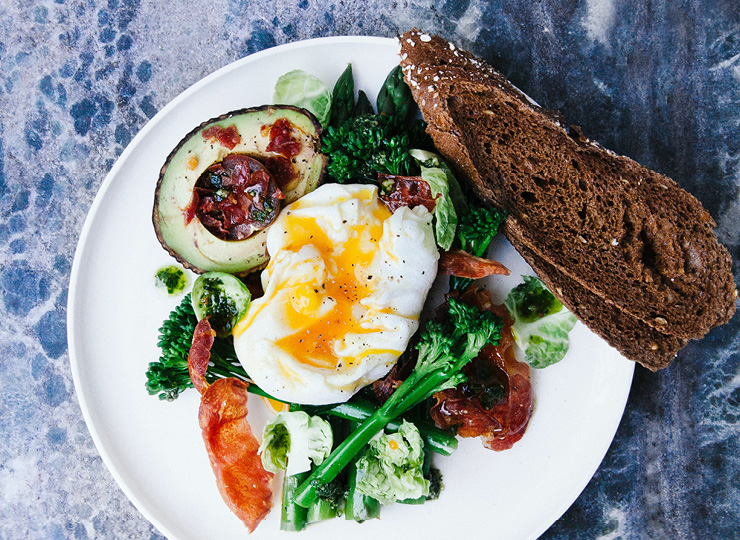
How to Create a Healthy & Balanced Diet
Creating a healthy and balanced diet is essential for a person’s overall well-being. It is important to understand the essentials of a balanced diet, and the steps needed to create one. A balanced diet should include nutrient-rich foods from all major food groups, and should be tailored to your individual needs. Here are the steps to creating a healthy and balanced diet.
Step 1: Evaluate Your Current Diet
The first step to creating a balanced diet is to evaluate your current eating habits. Start by making a list of what you are currently eating and how often. This can include the types of food and drinks you consume, as well as their portion sizes. Consider how often you eat out, and if you’re eating enough fruits and vegetables. List some specific examples, such as potato chips, wheat toast, colorful vegetables, baby carrots, chopped celery, dairy products, and any healthy fats, including olive oil. This will give you a good idea of where you are starting from and the areas that need improvement.
Step 2: Set Achievable & Measurable Goals
The next step is to set achievable and measurable goals for your daily diet plan. Start by deciding what changes you want to make, such as increasing the amount of fruits and vegetables you consume. Then set a timeline for when you would like to reach those goals. This will help keep you on track and provide motivation to stay on track.
Step 3: Develop Your Meal Plan
The final step is to develop your diet meal plan. This should include all of the foods you want to eat on a daily basis, as well as the portion sizes. Aim to include a variety of nutrient-rich foods from each major food group. Planning your meals ahead of time can help you stay on track and avoid unhealthy snacking. It is also important to make sure that you are getting enough calories and essential nutrients throughout the day. Healthline recommends that the average adult consume about 2,000 calories daily to maintain your current weight.
Creating a healthy and balanced diet is essential for a person’s overall well-being. By following these steps, you can easily create a nutritious and well-rounded diet that is tailored to your individual needs.

What Are the Key Elements of a Meal Plan?
Meal prepping is an excellent way to ensure you are consuming a well-balanced diet. It is a great way to save time and energy, as you can simply reheat your meals and snacks when you are ready to eat. Meal prepping requires a little bit of planning, but it can be a great way to ensure you are eating the right foods and in the right proportions.
Start by making a meal plan that includes all the foods you would like to eat in a day. Consider your specific dietary requirements and what clean eating means to you. Then, create a grocery list and buy all the ingredients you need. Finally, you can cook, package, and freeze all your meals and snacks in advance. This way, you will have nutritious meals that are ready to be eaten when you need them, whether it be for when you wake up or a mid-afternoon snack.
Choose Nutritious Foods
When it comes to a well-balanced diet, it is important to choose nutritious foods. Make sure to include a variety of fresh fruits and vegetables, whole grains, lean proteins, and healthy fats in your meals. Avoid processed and sugary foods, as well as foods that are high in sodium and unhealthy fats. Furthermore, it is important to monitor your portion sizes.
Plan Portion Sizes
Again, portion size is an important part of a well-balanced diet. It is important to plan the right amounts of each type of food, as eating too much of any food can lead to health problems. You can use a food scale to measure out your portion sizes, or use measuring cups or spoons. Additionally, you should be aware of your calorie intake, and make sure that you are not consuming too many calories in a day. For more individualized guidance on portion sizes and meal planning for your specific needs, consult a registered dietitian.
At Crunch, we understand that proper nutrition fuels your workouts and helps you get the most out of your time at the club. That’s why our personal trainers work with you to develop customized nutrition plans through dotFIT that focus on your specific needs, tastes, and dietary restrictions. For more information, visit us here.
Include Moderate Exercise
Exercise is an important part of a well-balanced diet. Moderate exercise can help to improve your physical and mental health, as well as help you to maintain a healthy weight. Aim to do at least 30 minutes of moderate exercise each day. This can include activities such as walking, cycling, swimming, or jogging. Additionally, you can also include strength training exercises, such as weightlifting, to help build muscle strength. Exercise can be a great way to stay healthy and energized, so make sure to include it in your daily routine.
Building an individualized diet plan boasts many health benefits, such as weight loss, and can reduce your risk of developing a chronic disease later on, such as heart disease. A comprehensive diet plan outlines adopted eating habits, i.e., the types of food you should eat and the portions appropriate for your unique body type and desired lifestyle.
Crunch promotes a culture of positivity, inclusivity, and fun with no judgments by providing an environment for all individuals regardless of their health and fitness goals. Find a Crunch gym near you to try our free trial membership, or join Crunch now. We’re here for you – at the gym or at home. Access the best live & on-demand workouts anytime, anywhere with Crunch+. Ready to get sweaty? Try hundreds of workouts for free! Start your free trial now!



















